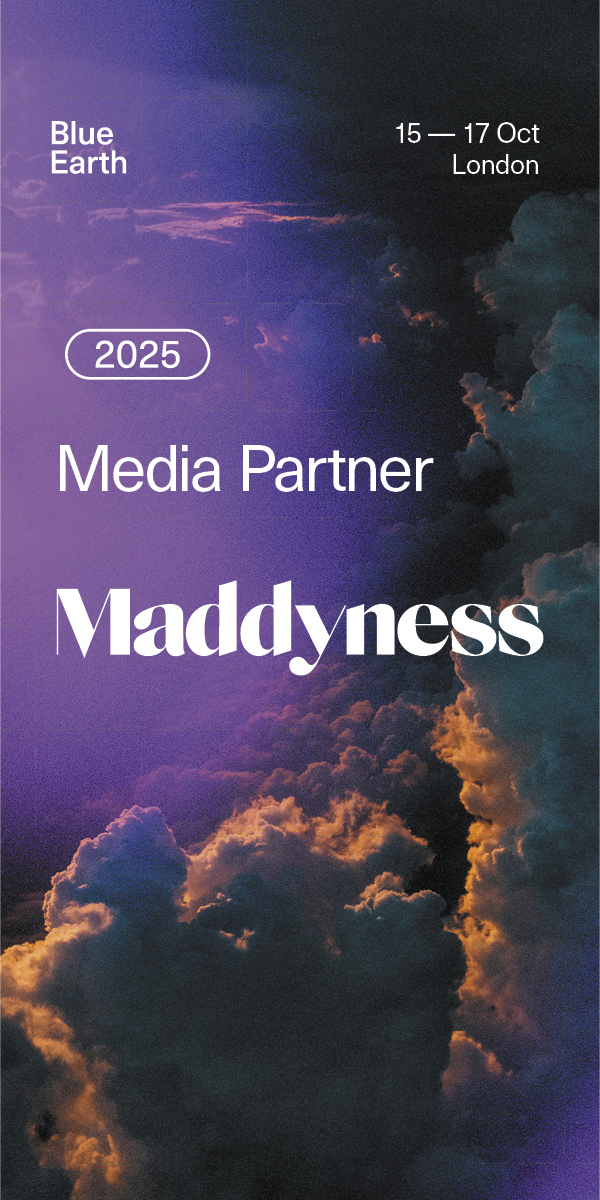In today's dynamic business landscape, addressing the root causes of toxic workplace relationships is crucial for innovation, productivity, and growth.
Understanding the root causes of toxicity in the workplace
Leadership lapses: Effective leadership is crucial for a healthy workplace, yet it's often prone to lapses like inappropriate communication and recognition styles, failing to connect vision with concrete priorities, and overlooking unresolved issues. For example, a manager might consistently fail to acknowledge team members' contributions, leading to decreased morale and engagement.
Turbulent times: The current environment is marked by turbulence—political, economic, social, and technological. These external pressures heighten stress, making empathy more challenging and cynicism about others and their behaviour easier. So it takes much more focus and energy to maintain positive relationships. Current discussions around remote working, as a simple example, are a clear source of potential stress and uncertainty among employees.
Comfort zone breaches: Being pushed out of our comfort zone fosters learning, growth, and resilience, with the right challenge being motivating and meaningful. However, stepping over this boundary or staying outside it for too long leads to distress: harming health and causing anxiety, withdrawal, or aggressive behaviour. One example is when employees are required to adopt new technologies without sufficient training, resulting in anxiety and resistance to change.
Toxic culture: Beyond leadership lapses, uncontrollable external factors, and the challenge-comfort balance, some teams or organisations develop an overall toxic culture. This can be due to reasons like a leader who’s been appointed to be disruptive, but gets the balance wrong. Or conflicting strategic priorities, prompting people to adopt a survival of the fittest mindset. For example, a department where dissenting opinions are met with public criticism, discouraging open communication and innovation, and leading to an atmosphere where employees fear speaking up.
As always where people are involved, there’s a lot of moving parts to consider. Leaders and HR must work together to smooth the way for everyone to rub along and flush out what might otherwise lead to toxic behaviours.
How to turn things around
Improving communication: Effective communication underpins healthy workplace relationships. It’s essential to promote organisation-wide communication strategies that cater to the diverse needs and communication styles within teams. In addition, HR can support individual leaders to master the art of clear and empathetic communication.
Supporting employees through change: Change is inevitable. During times of change it is important to implement support systems like mentorship, wellness initiatives, and resilience activities to help manage uncertainties positively, emphasizing transparent, inclusive communication. For example, sponsoring resilience workshops to help employees adapt to organisational changes with greater confidence.
Managing comfort zones: It’s key to clarify the operation and benefits of 'stretch' zones, developing skills to identify and manage those boundaries. We need to develop competencies in identifying the edges of our zones, recognising when some people are pushed beyond them and knowing how to intervene. This includes identifying signs of stress, providing additional resources or training when needed, and acknowledging people’s efforts. A modest example would be where HR introduces personalised development plans to gently push employees to expand their skills without overwhelming them.
Building emotional intelligence competencies: Emotional intelligence is crucial for managing stress and unconscious habits. HR's role is critical in this – in fostering skills like self-awareness, self-management, understanding others, and managing relationships. These skills layer, so that each leads to more of the next, ultimately enabling a wider range of more effective choices in behaviour and interactions. For example, within a safe and open environment organising self-awareness training sessions, since this is the gateway to more empathy and reduced conflict at work.
Fostering a culture of openness and support: Cultivating a culture of openness is also pivotal in addressing toxic workplace relationships. Initiatives that encourage open dialogue about challenges and foster an environment where feedback and constructive criticism are valued can really help. For example, a mentorship programme that pairs junior employees with senior leaders, or introduces action-learning sets to foster a mutually-supportive approach to problem solving.
Developing flexible leadership approaches: In such a rapidly changing environment, leaders must be adaptable. Having only one way of reacting, one style of relating to others, one way of managing ourselves, is just not enough anymore. Leaders must develop more flexible leadership approaches. For example, partnering with an external executive coach to guide leaders in exploring and adopting diverse leadership styles tailored to evolving team dynamics. This subtly enhances adaptability without overtly pushing for change, nurturing a more responsive and insightful leadership approach.
Conclusion
Understanding and addressing the factors that contribute to toxic workplace relationships is paramount in fostering a thriving, innovative, and resilient organisational culture.
As agents of positive change, HR professionals and leaders hold the key to not just enhancing workplace efficiency, but also ensuring that everyone's experience is a positive one. If we’re to role-model our own agency and self-belief, we have to ask: How will I leverage my influence to foster supportive, dynamic, and inclusive workplace relationships?
The path to a resilient and innovative organisational culture starts with that commitment. What steps will I take today to make our work a place where people can come together to achieve things that aren’t otherwise possible?
Nick Robinson is the author of The 9 Types of Difficult People: How to spot them and quickly improve working relationships.











